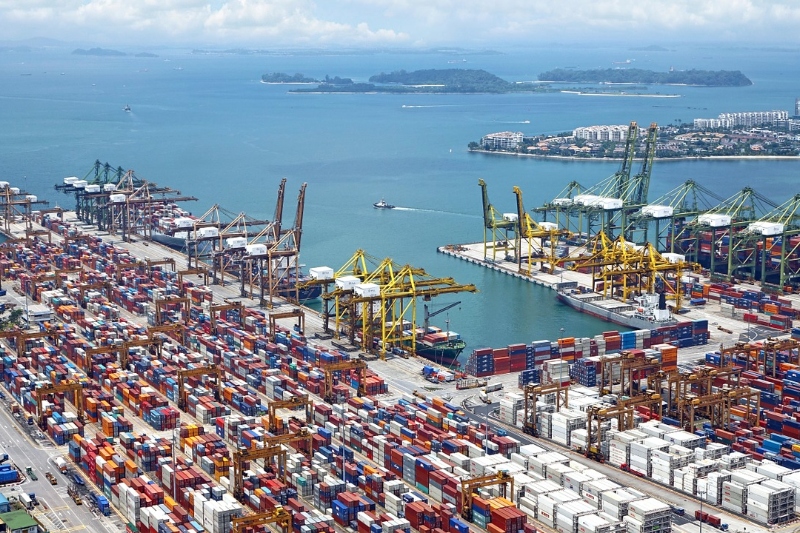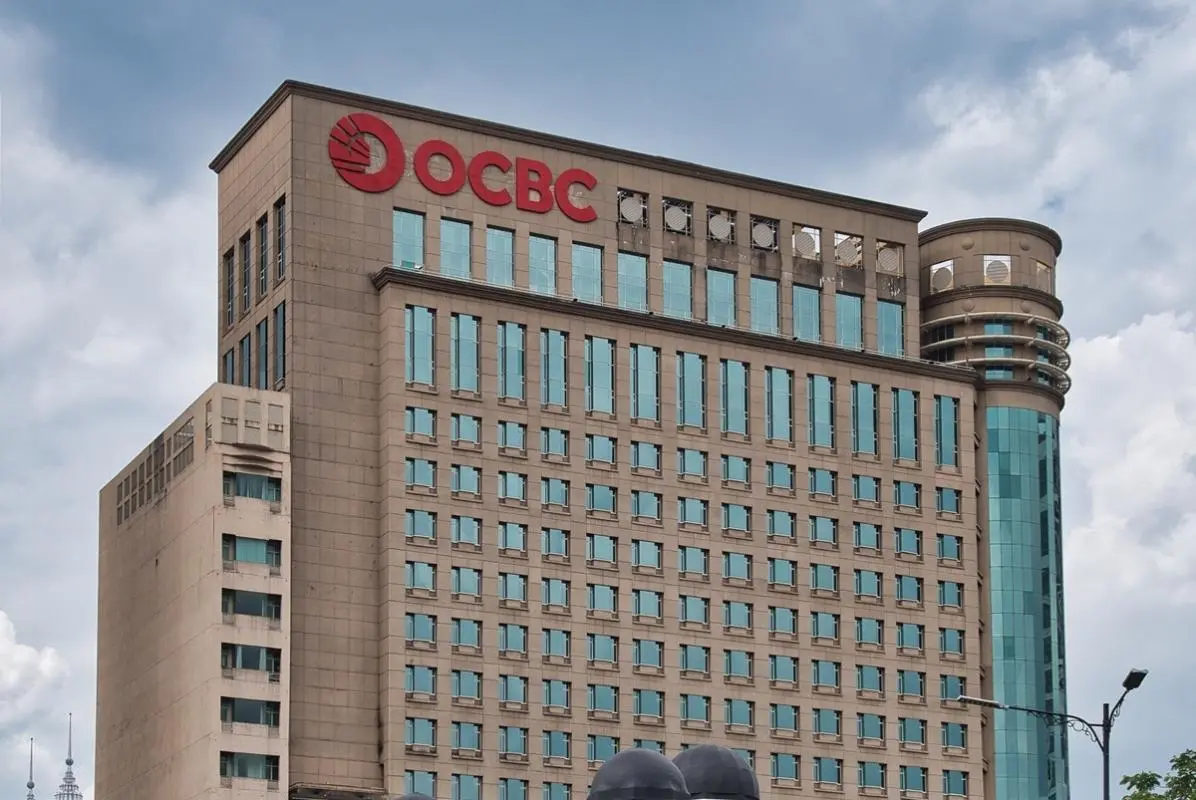Indonesia recorded a significant contraction in its trade surplus in April, registering just $160 million—the smallest monthly surplus since April 2020—according to data released by the national statistics bureau on Monday. This figure came in sharply below market expectations, with a Reuters poll of analysts forecasting a surplus of $3.04 billion.

The downturn was primarily driven by a surge in imports, which rose 21.84% year-on-year to $20.59 billion. This increase, far exceeding the median estimate of 7.75%, was led predominantly by capital goods. Exports, meanwhile, rose 5.76% on an annual basis to $20.74 billion, aligning with consensus forecasts. However, the performance was weighed down by a more than 20% drop in mining product shipments, notably due to subdued coal prices.
Indonesia, Southeast Asia’s largest economy, has maintained a monthly trade surplus for five consecutive years. April’s surplus, however, marks the narrowest in that timeframe, falling from $4.33 billion in March.
Exports to the United States reached $2.08 billion in April, though partially impacted by a 10% tariff imposed by Washington earlier that month. Indonesia is currently in discussions with the United States to negotiate a reduction in the tariff, which is slated to increase further in July.
Barra Kukuh Mamia, an economist at Bank Central Asia, attributed the higher-than-expected import figures to increased inflows from China and Singapore. “These figures reflect temporary disruptions linked to the Trump-era tariffs, which may normalise in May following the suspension of tariffs on Chinese goods,” he noted.
In a separate development, the bureau reported that Indonesia’s annual inflation rate eased to 1.60% in May, down from 1.95% in April and below the Reuters poll forecast of 1.94%. Core inflation also moderated slightly, registering at 2.4% versus expectations of 2.5%.
The May headline inflation rate is near the lower bound of Bank Indonesia’s 1.5%–3.5% target range. With inflationary pressures subdued, the central bank has taken the opportunity to reduce interest rates three times since September.
A key factor behind the easing inflation is a notable increase in rice output. Production for the January–July period is projected to reach 21.76 million metric tonnes, reflecting a near 15% year-on-year rise, the bureau said.
-Reuters






